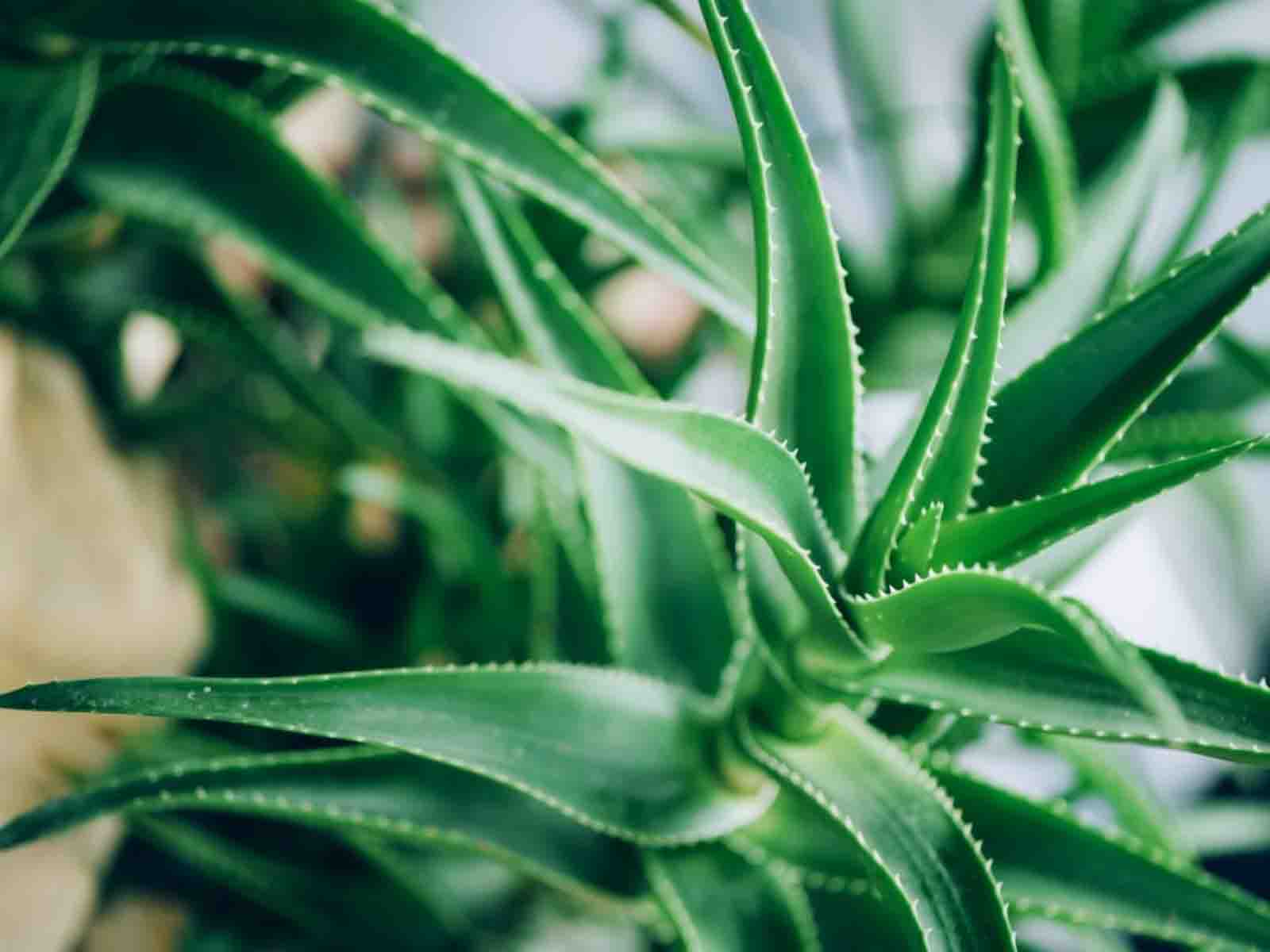In the realm of medicinal flora, plants similar to aloe hold a prominent place, sharing a treasure trove of therapeutic properties and remarkable similarities. Delve into their world as we unravel their shared traits, medicinal prowess, and cultivation secrets.
These botanical counterparts, hailing from diverse plant families, exhibit striking resemblances to aloe in their physical attributes, chemical composition, and healing virtues. Their medicinal arsenal includes potent anti-inflammatory, antibacterial, and wound-healing capabilities, making them valuable allies in both traditional and modern medicine.
Similar Plant Types and Species

Aloe is a genus of succulent plants belonging to the family Asphodelaceae. Plants that share similar characteristics to aloe include:
- Gasteria: Gasteria is a genus of succulent plants native to South Africa. They have thick, fleshy leaves that are often variegated or spotted. Like aloe, gasteria prefer well-draining soil and bright, indirect light.
- Haworthia: Haworthia is another genus of succulent plants native to South Africa. They have small, fleshy leaves that are often arranged in rosettes. Haworthia prefer well-draining soil and bright, indirect light, similar to aloe.
- Sansevieria: Sansevieria is a genus of succulent plants native to Africa, Madagascar, and Asia. They have long, sword-shaped leaves that are often variegated or striped. Sansevieria prefer well-draining soil and can tolerate low light conditions, unlike aloe which prefers bright, indirect light.
Taxonomy and Botanical Classification
The following table provides a summary of the taxonomy and botanical classification of aloe and similar plants:
| Plant | Family | Subfamily | Tribe | Genus |
|---|---|---|---|---|
| Aloe | Asphodelaceae | Asphodeloideae | Aloeae | Aloe |
| Gasteria | Asphodelaceae | Asphodeloideae | Aloeae | Gasteria |
| Haworthia | Asphodelaceae | Asphodeloideae | Aloeae | Haworthia |
| Sansevieria | Asparagaceae | Nolinoideae | Sansevierieae | Sansevieria |
Medicinal and Therapeutic Properties
/GettyImages-157647470-5c5b1732c9e77c0001661ea9.jpg)
Plants similar to aloe possess an array of medicinal and therapeutic properties that have been valued for centuries. These plants contain a diverse range of bioactive compounds, including anthraquinones, glycosides, and polysaccharides, which contribute to their therapeutic effects.
Comparison with Aloe
Compared to aloe, plants similar to aloe often share similar therapeutic properties, such as:
- Anti-inflammatory properties
- Antibacterial and antiviral properties
- Wound healing properties
However, some plants may have unique properties or excel in specific areas. For example, some species may have stronger antimicrobial effects, while others may be more effective in treating skin conditions.
Traditional Medicinal Applications, Plants similar to aloe
Traditionally, plants similar to aloe have been used to treat a wide range of ailments, including:
- Skin infections
- Burns and wounds
- Digestive disorders
- Inflammatory conditions
Modern Medicinal Applications
In modern medicine, extracts and compounds from plants similar to aloe are being investigated for their potential use in treating various conditions, such as:
- Cancer
- Diabetes
- Autoimmune diseases
Research is ongoing to further explore the therapeutic potential of these plants and their bioactive compounds.
Cultivation and Care: Plants Similar To Aloe
Cultivating and caring for aloe and similar plants is relatively easy, as they are generally hardy and adaptable to a wide range of conditions. However, understanding their specific requirements can help ensure optimal growth and prevent potential problems.
The following table compares the cultivation requirements of aloe and some similar plants:
| Characteristic | Aloe | Gasteria | Haworthia | Sansevieria |
|---|---|---|---|---|
| Soil type | Well-draining cactus or succulent mix | Well-draining cactus or succulent mix | Well-draining cactus or succulent mix | Well-draining cactus or succulent mix |
| Light exposure | Bright, indirect light | Bright, indirect light | Bright, indirect light | Bright, indirect light to full sun |
| Watering needs | Water thoroughly, then allow soil to dry out completely before watering again | Water thoroughly, then allow soil to dry out completely before watering again | Water thoroughly, then allow soil to dry out completely before watering again | Water sparingly, allowing soil to dry out completely between waterings |
| Propagation methods | Offsets, cuttings, or seeds | Offsets, cuttings, or seeds | Offsets, cuttings, or seeds | Leaf cuttings or rhizome division |
In addition to the information provided in the table, here are some general tips for successful cultivation and care of aloe and similar plants:
- Use a pot with drainage holes to prevent waterlogging, which can lead to root rot.
- Repot plants every two to three years or when they become rootbound.
- Fertilize plants monthly during the growing season with a balanced fertilizer diluted to half strength.
- Protect plants from frost and extreme heat.
- Inspect plants regularly for pests and diseases, and treat as necessary.